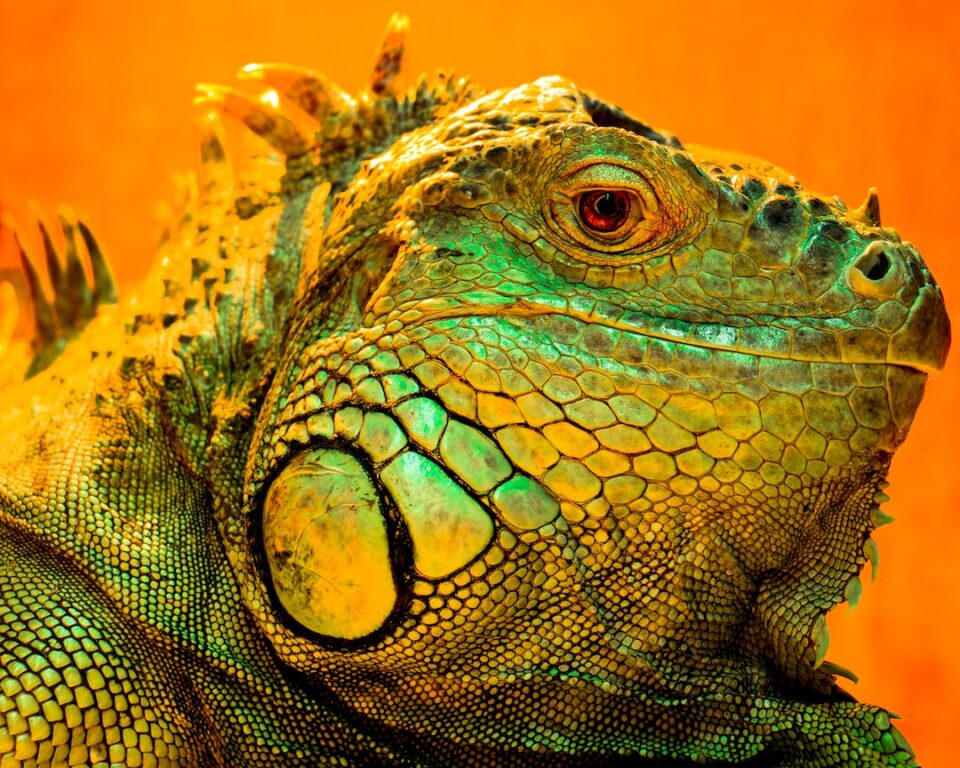The Role of Animals in Scientific Research: Controversies and Alternatives
Scientific research plays a crucial role in advancing our understanding of the world and developing new treatments, cures, and technologies. However, the use of animals in scientific research has long been a topic of controversy and debate. While animals have contributed significantly to numerous scientific breakthroughs, concerns about ethical treatment and the use of alternatives have also gained prominence. In this blog post, we will explore the controversies surrounding animal testing and examine some alternative approaches.
Animal testing has long been an integral part of scientific research. Many medical and scientific discoveries, such as the development of vaccines and the understanding of diseases, have been made possible through experiments on animals. Animals, especially mammals such as mice and rats, share many physiological, genetic, and anatomical similarities with humans, making them valuable models for studying human diseases and developing potential treatments.
However, the use of animals in research raises ethical concerns. Many argue that subjecting animals to experimental procedures is cruel and inhumane. Animals used in research may experience pain, suffering, and even death. In addition, opponents argue that it is morally wrong to use animals as mere tools for human benefit, denying them their inherent rights and dignity.
Moreover, some argue that animal testing may not always be an accurate predictor of human responses. Animals are not identical to humans biologically, and their reactions to diseases, drugs, and treatments may differ significantly from those observed in humans. This discrepancy raises questions about the reliability and applicability of scientific findings obtained through animal testing. Critics argue that the use of animals in research can, in some cases, lead to misleading or inconclusive results that waste resources and delay progress.
In recent years, there has been a growing push for alternatives to animal testing. Scientists and advocacy groups have been striving to develop and promote alternative methods that can replace or reduce the reliance on animals in research. These approaches include in vitro studies using human cells and tissues, computer simulations, and tissue engineering. These alternatives not only reduce the ethical concerns associated with animal testing but also offer advantages such as increased accuracy and faster results.
For instance, animal cell cultures and tissue models grown in the laboratory can provide valuable insights into cellular and molecular processes without the need for animal subjects. Moreover, computer models and simulations can help predict the effects of drugs and treatments on human physiology, enabling researchers to streamline the testing process and reduce the reliance on animal experimentation.
Additionally, human-based research methods are gaining traction. Clinical trials involving human volunteers and patient-donated samples contribute directly to the understanding of diseases and the development of treatments. These studies offer a more accurate representation of human physiology and responses, thereby increasing the likelihood of successful translation in clinical applications.
In conclusion, the controversies surrounding animal testing in scientific research are centered on ethical concerns and the reliability of animal models. While animals have undeniably contributed to significant scientific discoveries, the ethical implications and limitations of animal testing have gained increasing attention. The development and promotion of alternatives, such as in vitro models, computer simulations, and human-based research methods, offer promising ways to overcome these challenges. By striving for non-animal research approaches, scientists can strike a balance between scientific progress and ethical treatment of animals, pushing the boundaries of knowledge while remaining mindful of the rights and dignity of all living beings.

